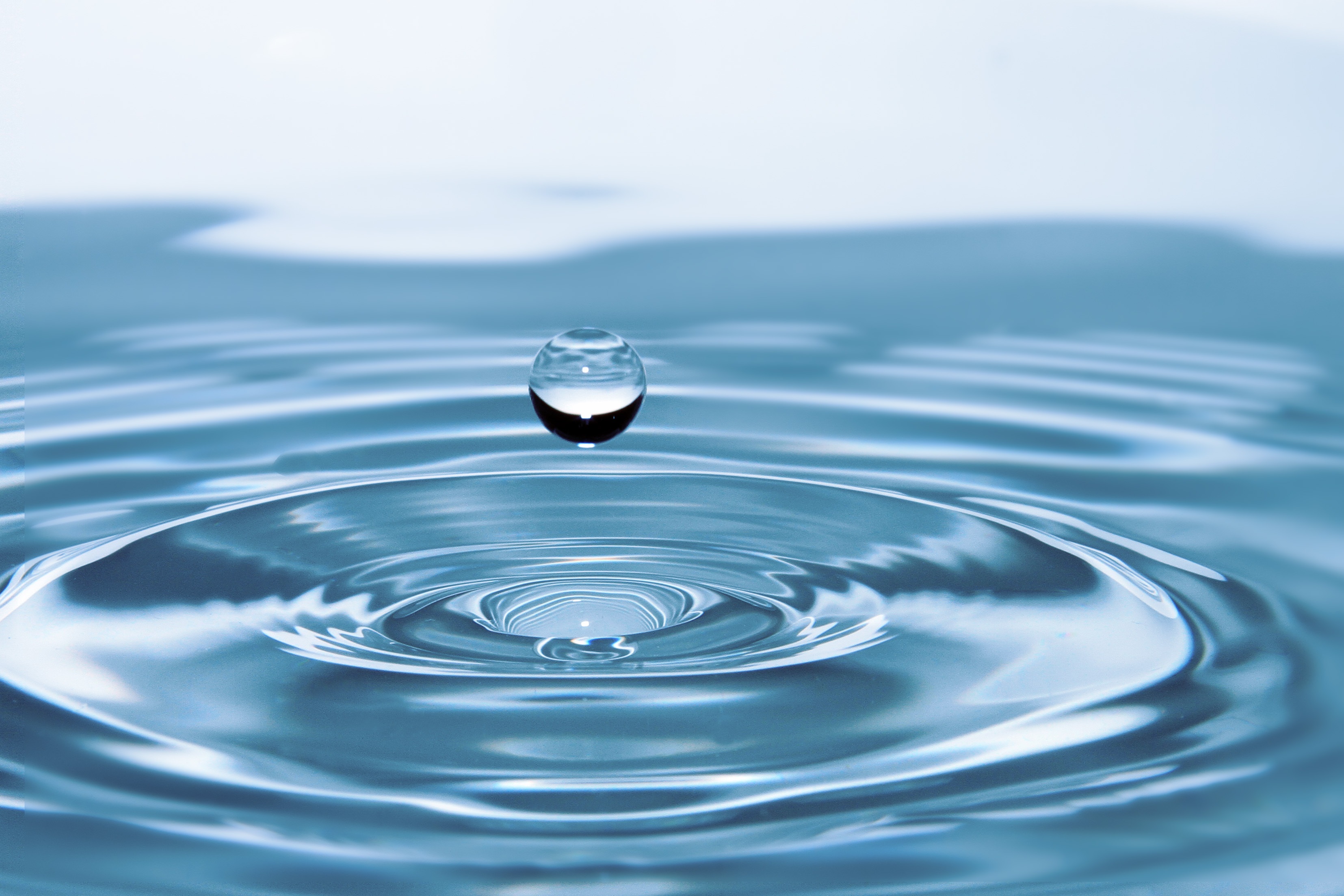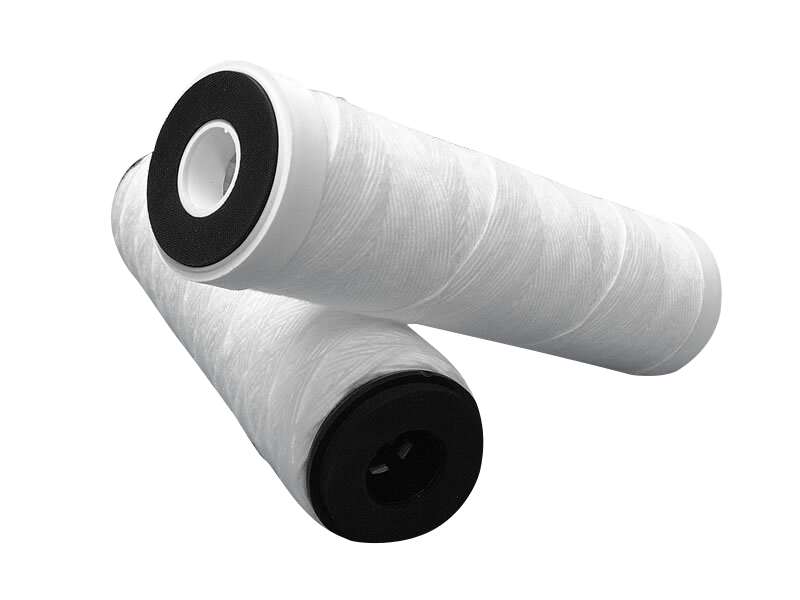When it Comes to Water Quality, Think Cartridge Filtration.
Cartridge filtration is a vital component in water treatment plants used in manufacturing because it solves many problems that could impact the systems’ performance and running costs.
Water quality and contamination vary. It depends on geography and water source (municipal, borehole, river, etc.). Therefore, water treatment plants face variable challenges, and filtration solutions must adapt.
The main reason that cartridge filtration is crucial in water treatment plants is its versatility in solving multiple problems. Here are four ways that cartridge filters contribute to water quality and operational improvements:
1. Cartridge filters remove contaminates
Multiple contaminants found in water treatment plants can be in the water before arriving at a site or contaminate the water once it is in the water treatment system and supply loop. Before the water arrives, it can pick up organic matter, bacteria, parasites, fungi, and particulate. You can also find residual chlorine in the water, which municipal water companies add as disinfectants. Cartridge filtration removes all of these contaminates as the water enters the site. Carbon cartridge filters will remove the organic matter and the residual chlorine, while depth or pleated depth cartridge filters will control the other contaminates.

2. Cartridge filtration protects other water treatment technologies
Technologies such as reverse osmosis (RO) and ultraviolet (UV) depend on cartridge filtration for long service life and performance. In RO equipment, the water to be purified must have a low level of particulate contamination, or it will dramatically reduce the RO membranes’ service life. Similarly, if particulate passes through a UV system, it prevents bacteria from being destroyed. The particulate protects the bacteria by shading them from the UV light, allowing them to pass further down the system contaminating it. A depth or pleated depth filter removes the particulate and the potential damage it might cause.
3. Preventing re-contamination by using different filters
Once water is circulating in the water treatment system, numerous contaminants can form – biofilms, coliforms, pipework scale and corrosion products. All these contaminates must be removed, or the purified water will become re-contaminated. The filtration solution we use depends on where in the system this occurs. Typically, pleated depth filters will remove particulate-type contamination, and membrane filters will remove biological contamination, ensuring complete removal.

4. Supplying a guarantee for quality
Membrane filtration, either at the point of use or using final-filter membrane cartridge filters, is the only guaranteed way of achieving a specific microbial quality to the final quality of the water used.
Discover how cartridge filters can help your water treatment plant operate efficiently.
PoreFiltration – Making your filtration systems work harder





